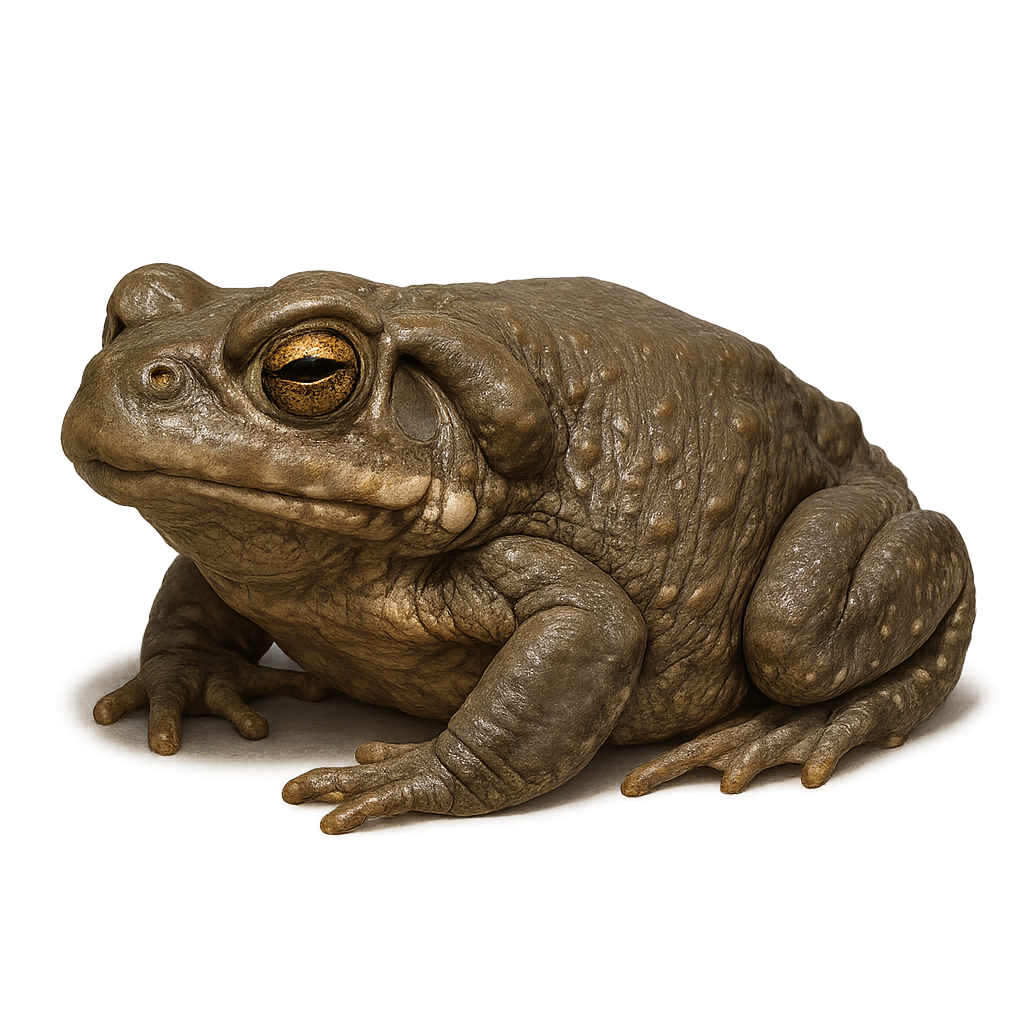Your wildlife photography guide.
Explore the colorado river toad in detail, study its behavior, prepare your shots.
Where to observe and photograph the colorado river toad in the wild
Learn where and when to spot the colorado river toad in the wild, how to identify the species based on distinctive features, and what natural environments it inhabits. The WildlifePhotographer app offers tailored photography tips that reflect the colorado river toad’s behavior, helping you capture better wildlife images. Explore the full species profile for key information including description, habitat, active periods, and approach techniques.
Colorado River Toad
Scientific name: Bufo alvarius

IUCN Status: Least Concern
Family: BUFONIDAE
Group: Amphibians
Sensitivity to human approach: Suspicious
Minimum approach distance: 3 m
Reproduction period: May to July
Incubation: N/A
Births: May to July
Habitat:
arid zones, deserts, riverbanks
Activity period :
Mainly active at night, generally discreet during the day.
Identification and description:
The Bufo alvarius, commonly known as the Colorado River Toad, is a fascinating species of toad found primarily in the arid regions of the southwestern United States and northern Mexico. This toad is particularly known for its large size, reaching up to 19 cm in length, and its smooth, moist skin, often speckled with dark spots. It is famous for the toxic secretions it produces, containing bufotenin, a psychoactive substance. These secretions are used by some predators as a means of defense. The Bufo alvarius is a nocturnal animal, preferring the cool hours of the night to hunt its prey, mainly insects and small invertebrates.
Recommended lens:
Macro – adjust based on distance, desired framing (portrait or habitat), and approach conditions.
Photography tips:
To photograph the Bufo alvarius, it is advisable to go out at night when this amphibian is most active. Use a macro lens to capture the fascinating details of its skin and eyes. Be sure not to use direct flash, as this could stress the animal. Prefer soft, diffused lighting to highlight the natural textures and colors. Stay at a safe distance of at least 3 meters to avoid disturbing the toad and use a tripod for stable shots.
The WildlifePhotographer App is coming soon!
Be the first to explore the best nature spots, track rutting seasons, log your observations, and observe more wildlife.
Already 1 427 wildlife lovers subscribed worldwide

